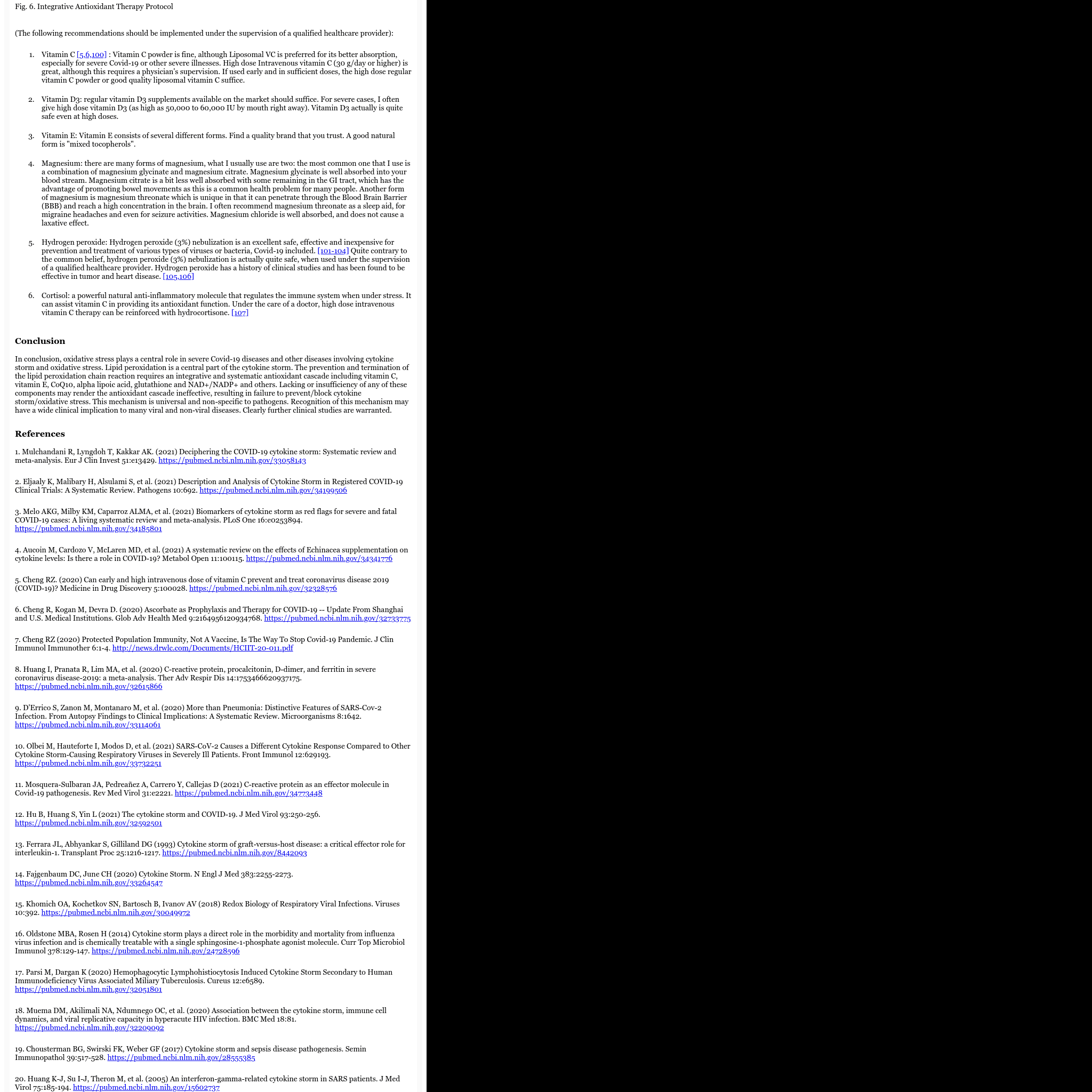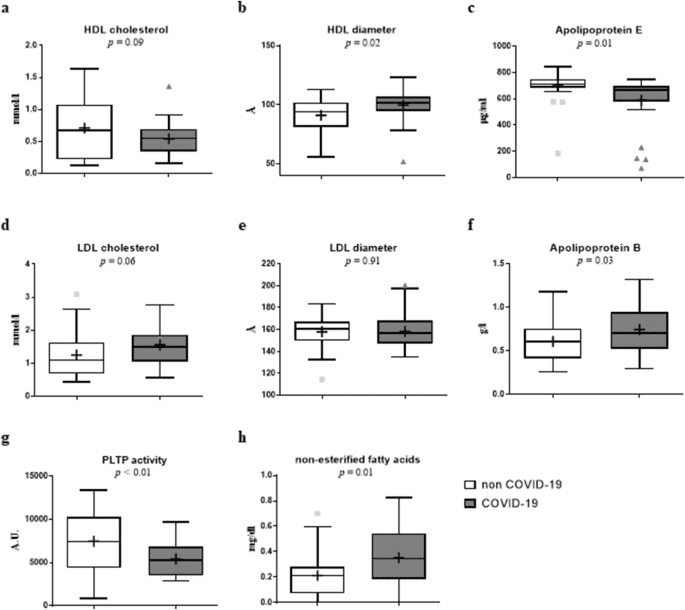Mito
Member
- Joined
- Dec 10, 2016
- Messages
- 2,554
Polyunsaturated fatty acids (PUFAs) are the targets of LPCR (lipid peroxidation chain reaction):
LPCR primarily targets the double bonds in lipid molecules. PUFAs are the fatty acids with unsaturated double bonds between the carbon molecules in their backbone. Hence PUFAs are the primary targets of LPCR. All fatty acids can be oxidized, but with increasing difficulty from PUFAs to MUFAs (monounsaturated fatty acids) to saturated fats.[86]The double bonds in PUFAs are relatively unstable and can be readily broken by oxidative free radicals, causing damage to these lipids. Cell membranes, and the membrane of subcellular organelles such as mitochondria are made up mostly of lipids. Once these lipids are damaged, their functions are also impaired. Cardiolipin, e.g., an abundant lipid on the mitochondria membrane, plays a critical role in cellular energy production. Peroxidation of PUFAs in cardiolipin may contribute to age-related decline in the mitochondrial function. [86] Cardiolipin is found to be damaged in many cancer cells as well. [87-90]
Saturated fatty acids don't have these double bonds, and MUFAs have only one such double bond. Hence saturated fats and MUFAs are more stable and less readily oxidized by free radicals.
Termination of LPCR:
Once LPCR is initiated, it can propagate until all the lipids are oxidized or until it is terminated by antioxidants, especially vitamin E (VE). [35,96-98] VE is the chief LPCR chain-breaking antioxidant. VE is a lipid soluble antioxidant vitamin and is located on cell membranes, sitting among the lipid molecules. These features make VE the key antioxidant vitamin to protect cell membranes from oxidation. Other antioxidants, such as vitamin C, the primary extracellular antioxidant, do not have this LCPR termination effect. [35]Cascade of Antioxidants:
Vitamin E appears to be required to block the propagation of LPCR and to terminate LPCR. The oxidized VE will not in turn oxidize other lipid molecules, but instead, oxidized VE needs to be reduced by other antioxidants, especially vitamin C (VC). The oxidized VC needs to be reduced by alpha lipoic acid, CoQ10, glutathione, selenium and NADP+/NADP. The free radicals will be passed down onto NADP/NADPH cascade to be disposed of in water. These antioxidants work in a systematic manner (Fig. 2).Conclusion
In conclusion, oxidative stress plays a central role in severe Covid-19 diseases and other diseases involving cytokine storm and oxidative stress. Lipid peroxidation is a central part of the cytokine storm. The prevention and termination of the lipid peroxidation chain reaction requires an integrative and systematic antioxidant cascade including vitamin C, vitamin E, CoQ10, alpha lipoic acid, glutathione and NAD+/NADP+ and others. Lacking or insufficiency of any of these components may render the antioxidant cascade ineffective, resulting in failure to prevent/block cytokine storm/oxidative stress. This mechanism is universal and non-specific to pathogens. Recognition of this mechanism may have a wide clinical implication to many viral and non-viral diseases. Clearly further clinical studies are warranted.
A Hallmark of Covid-19: Cytokine Storm/Oxidative Stress and its Integrative Mechanism
This article may be...
Last edited:

